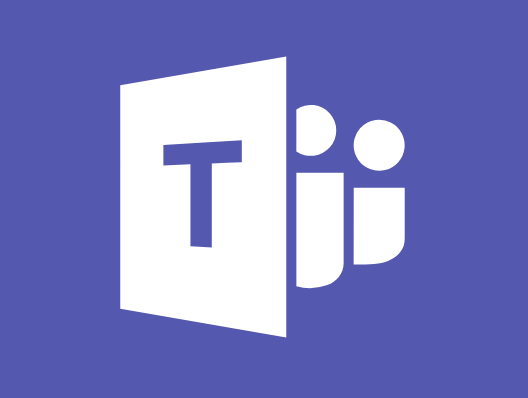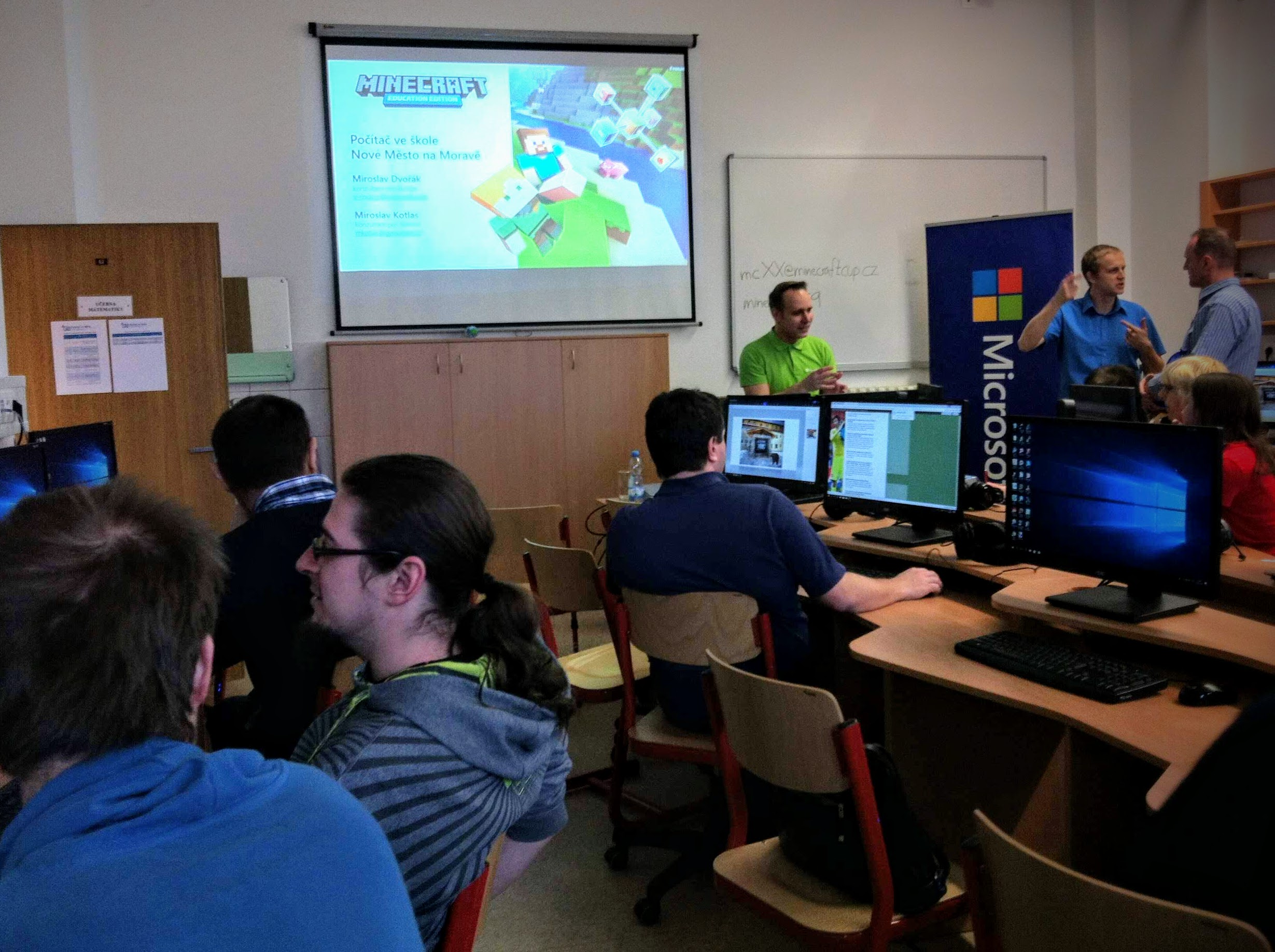Communication Made Easy Through Immersive Reader
Immersive Reader is a powerful piece of assistive technology made by Microsoft that is free to use and has become an embedded component in many of their software products. This tool allows students to follow the words on a screen while they are spoken aloud by the computer and follow along as the words get highlighted in real-time as they are spoken. This greatly benefits students with disabilities such as dyslexia but can really help any student improve their reading and language skills.

Some of the features of Immersive Reader are:
Text can be made larger for people who may be visually impaired.
Words can be broken apart by their syllables to help young readers with their pronunciation.
Different parts of speech can be made different colors so students can understand the structure of a sentence.
Picture Dictionary allows students to click on a word and get a picture representation of that word.
Immersive Reader can translate text in 60 different languages.
Immersive Reader has the capability to greatly improve reading comprehension and language skills for students with accommodations and general education students. This digital tool is natural and easy to use and its use may lead to stronger communication in the classroom among students and teachers. When children fall behind with their language skills or struggle with a disability, they find it increasingly harder to communicate with those around them. Tools like this help ensure schools are doing all they can to alleviate those communication problems and give students a better opportunity at building those necessary language skills for life. More information about Immersive Reader can be found here and also here. If you scroll down on the first link and click on the interactive tutorial video, you can see how easy and useful this tool can be to help students communicate and gain reading comprehension (or to easily access this tutorial click on this link).
Collaboration With Educational Technology
In today’s world, it is imperative that educators take advantage of innovative technology that can help students learn. One way technology helps students learn is through collaboration. Collaboration has been a part of education for a long time. Group projects have always been utilized in schools to make students become comfortable working with others. Through collaboration, students are able to take on a more dynamic role, where they learn by interacting with their peers and sharing ideas to solve problems and work towards common goals. This has been shown to increase engagement, which will lead to better educational outcomes.

An article posted online by EdTech Magazine describes the necessity and effectiveness of integrating technology in educational settings to foster collaboration. This article addresses how during the pandemic, the distance-learning approach forced teachers to adapt and incorporate tech tools to facilitate online learning. Some of the tools the articles mentions are Google Classroom and Microsoft Teams. These programs, “…allowed students to work together on shared documents and communicate easily with their peers and educators” (Kolber). Having worked on shared group projects with Google Drive through online collaboration, I can confirm that tools like these are easy to use and extremely helpful for working with others remotely. Students can work together on projects, ask each other questions, have access to class material, and ask their teachers questions all from their computer. These tools are an extension of the classroom environment and give students a new medium to learn through that they can have access to from home. The article also mentions how FlipGird, PearDeck, and Minecraft: Education Edition are effective tools that foster collaboration and students have a lot of fun working with.

These tools are just some of the innovative technology that are used in education to foster collaboration. When used appropriately, these tools can help students build collaboration skills in a learning environment. They give teachers a new, digital mode to use in their classrooms that may be more effective than more traditional methods at getting students to work together. The possibilities and capabilities of educational technology are exciting for education and they will play a big part in schools going forward.
UnidosUS’ Padres Comprometidos Program Helps Latino Parents Improve Digital Literacy Skills
The Office of Ed Tech Twitter account posted this article, detailing UnidosUs’ new program, Padres Comprometidos. UnidosUS is the largest nonprofit Latino civil rights advocacy organization in the U.S. The goal of this program is to help narrow the digital divide that is often an obstacle blocking Latino parents’ ability to advocate for their childrens’ education.

Many parents in hispanic communities lack the necessary technology to communicate with the school system and stay engaged, or otherwise, do not understand how they can take advantage of the technology they have access to. The Padres Comprometidos Ed Tech Program offers resources to parents and guardians to teach them how to use common digital platforms and learning management systems used by schools. The program works with schools, districts, and PTAs to empower parents with digital skills so that they can build strong a strong relationship with the school and be fully invested in their children’s educational success.
With the increased use of digital tools in education, it is imperative that parents are equipped with the skills and knowledge to best support their children’s learning. Underserved communities with large Latino populations may suffer as schools integrate technology further. Programs such as these help to alleviate that issue and make a positive impact on the educational outcomes of children who grow up in these underserved communities.